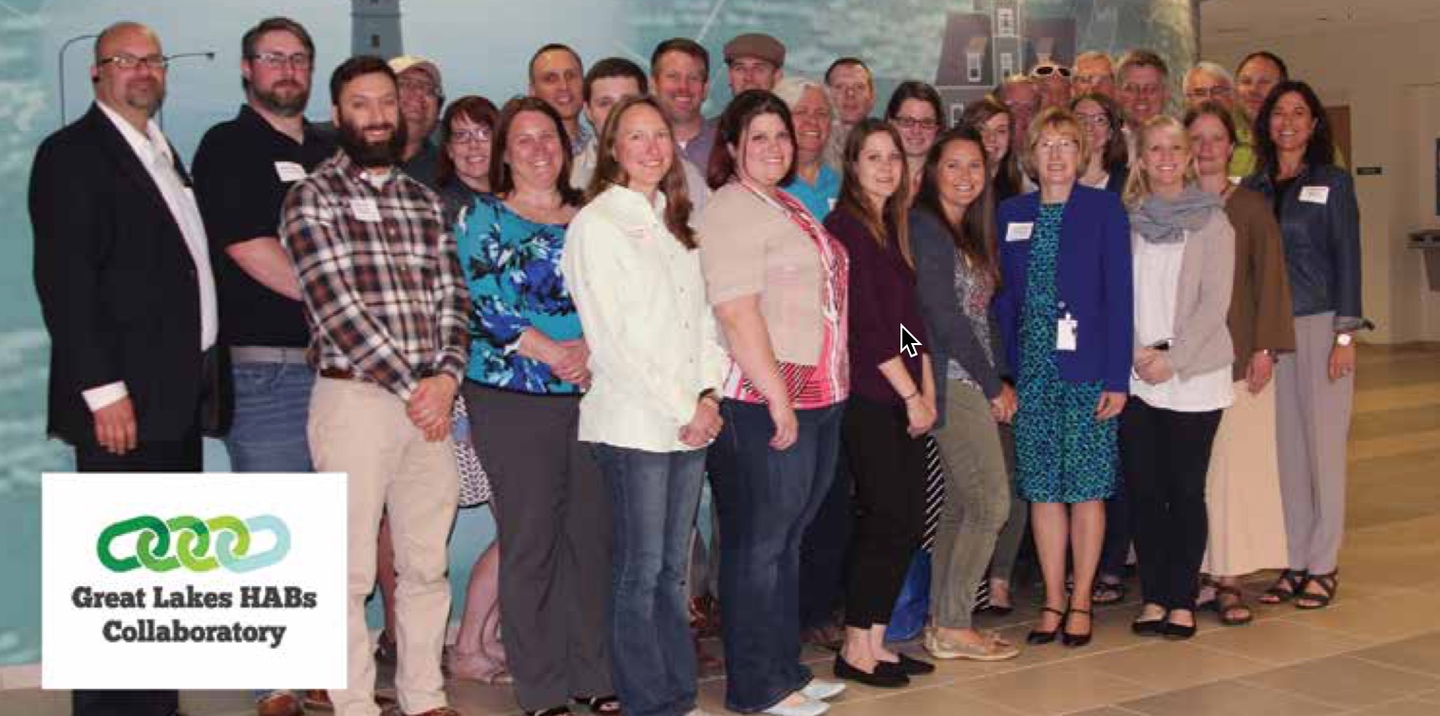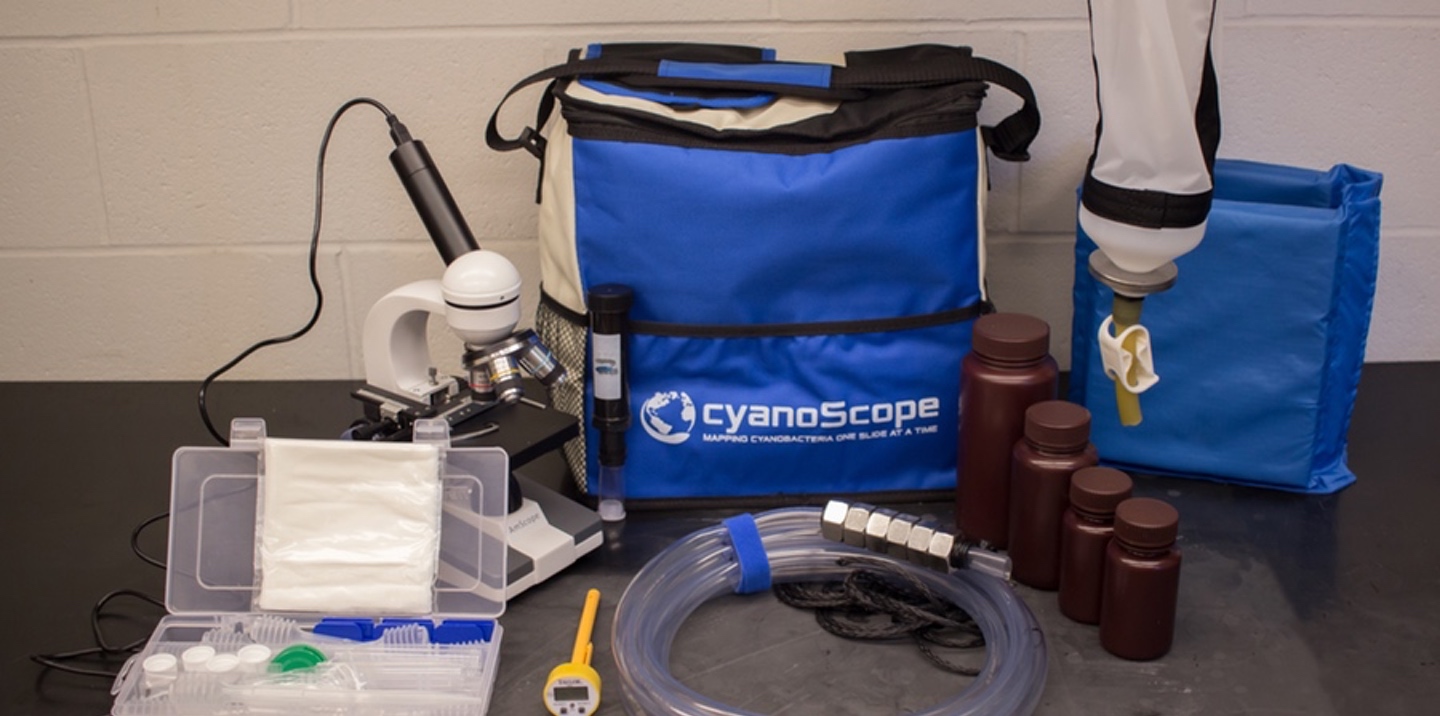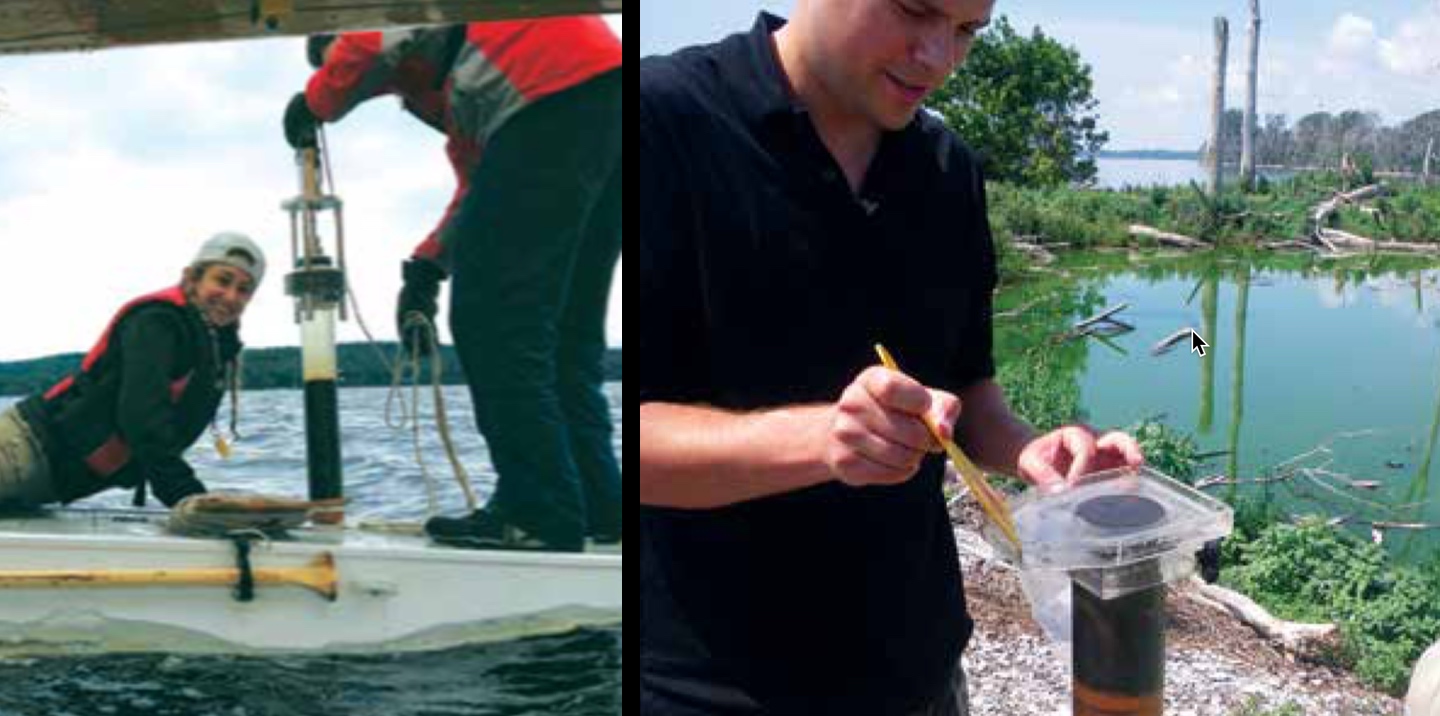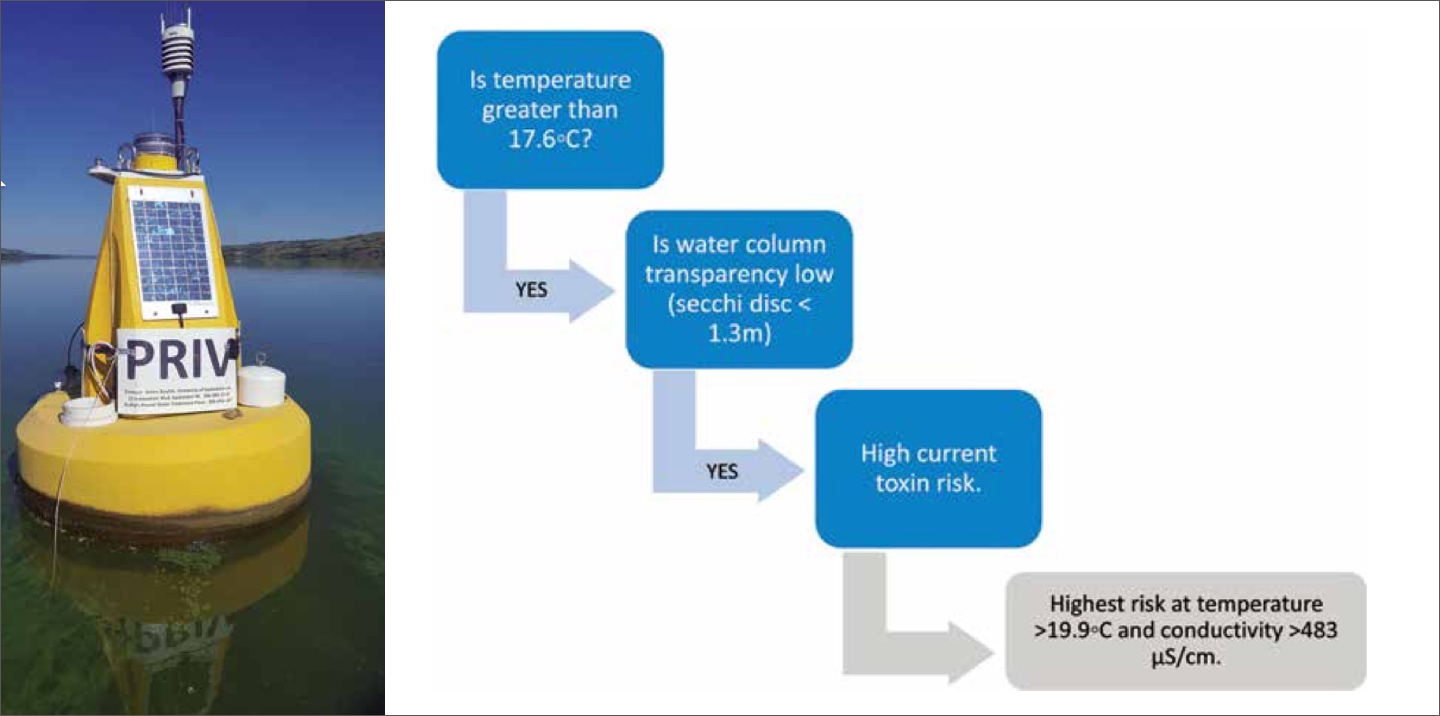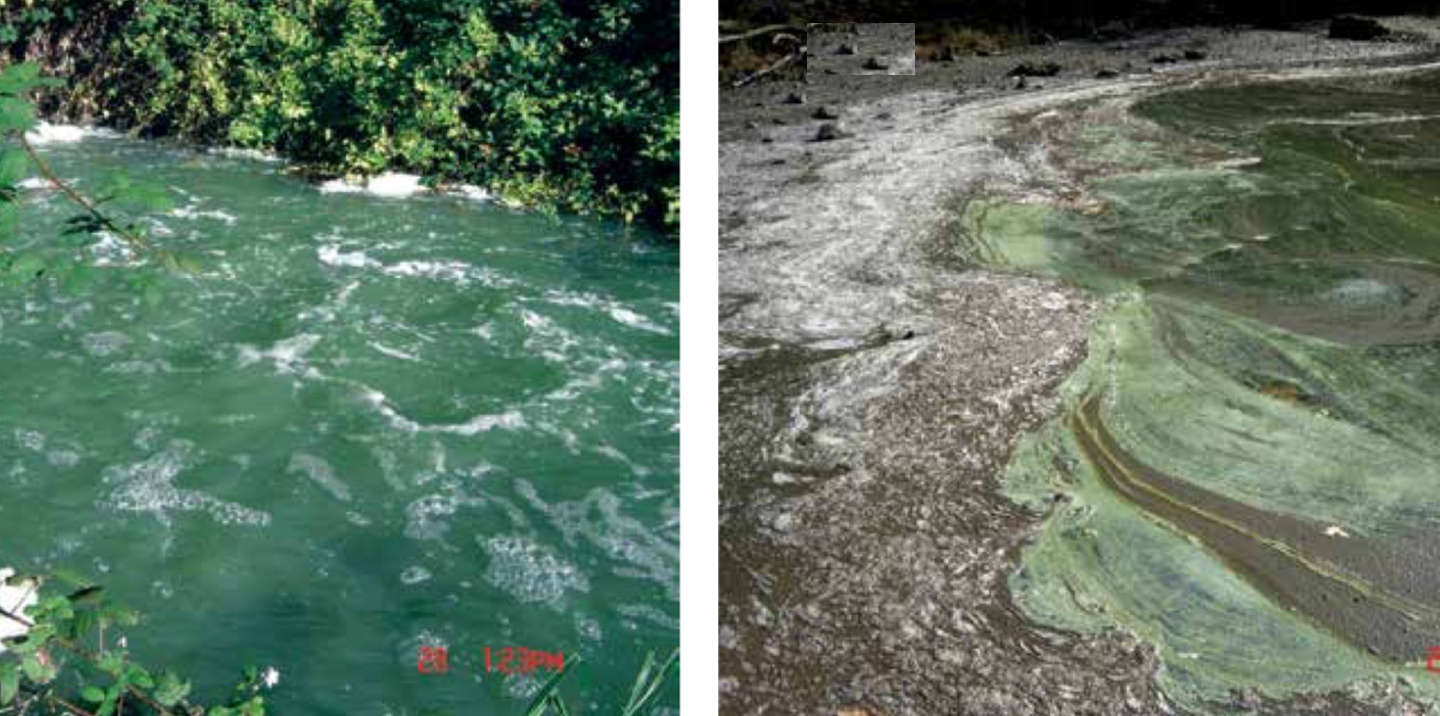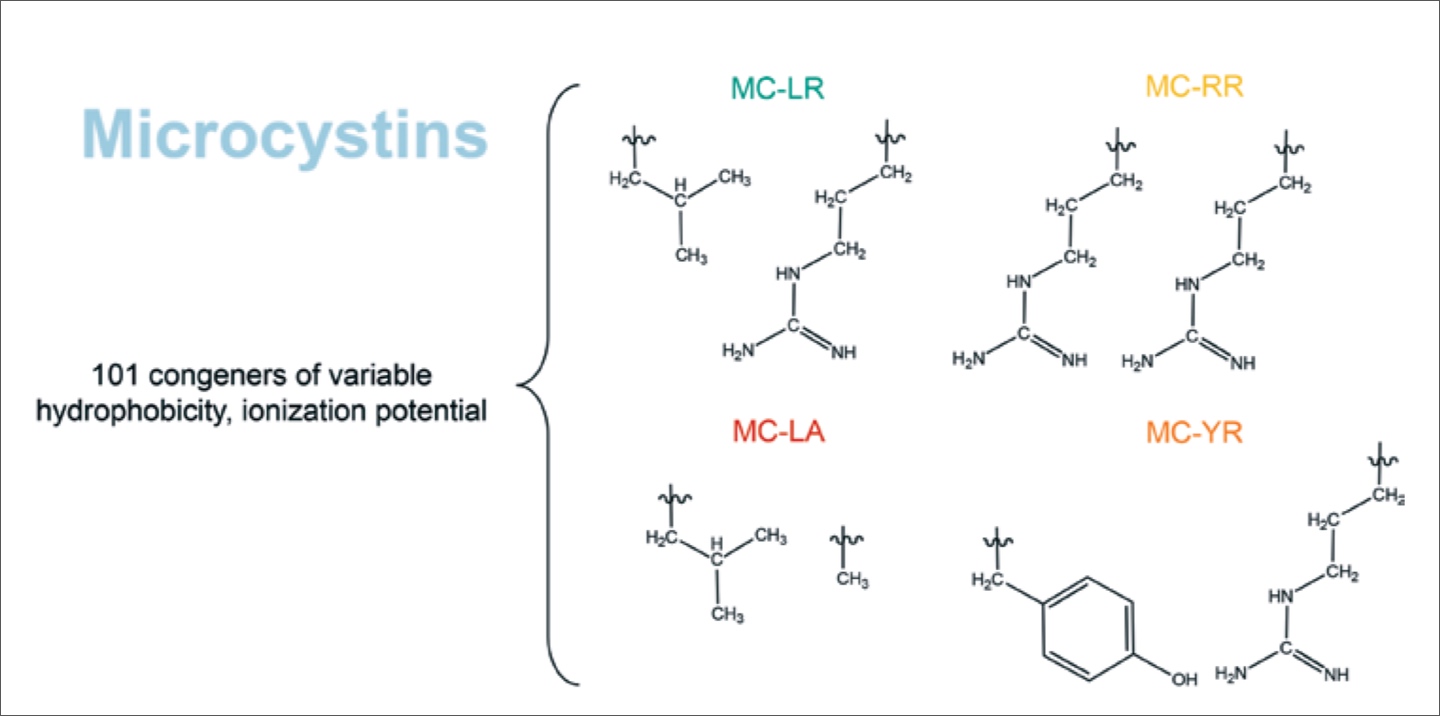NALMS Position on Source Water Protection
To coincide with Lakes Appreciation Month 2017, we are proud to release NALMS position on Source Water Protection, along with an in-depth white paper co-authored by Bradley Hufhines (Beaver Water District, Lowell, AR); Byron Winston, Ph.D. (AECOM, Houston, TX); Robert Morgan, Ph.D. (Arkansas Forest and Drinking Water Collaborative, Springdale, AR); and Chi Ho Sham, Ph.D. (Eastern Research Group, Lexington, MA).
To view this and other position papers, visit our NALMS Position Papers webpage.
NPR’s Here & Now Highlighted National Lake Appreciation Month
Steve Lundt, a Water Quality Scientist (Metro Wastewater Reclamation District in Colorado, USA) and a NALMS Certified Lake Manager (CLM), participated in an NPR Here & Now segment (aired around 1:45 pm on July 13th, 2017) highlighting National Lake Appreciation Month & the Secchi Dip-In!
If you'd like to hear audio from the segment (approximately 9 minutes, 18 seconds), visit http://www.wbur.org/hereandnow/2017/07/13/favorite-lakes
The photo of the Secchi disk used on the segment's website was provided by current Secchi Dip-In Program ...
Your Lake & You!: 2nd Edition Now Available
Just in time for Lakes Appreciation Month, NALMS' Outreach and Education Committee is proud to announce the release of the 2nd edition of Your Lake & You!, now available at the NALMS Online Store.
Would you like to reach people who live on lakes? This new and improved online edition of our popular Your Lake & You! booklet (an updated version of the 8-page newspaper) helps you explain to homeowners the steps they can take to protect the lakes they live on and love. This wonderful resource is loaded with basic lake information, strategies for taking better ...
NOTICE: Website Data Submission Temporarily Unavailable
Hello Secchi Dip-In Volunteers,
Thank you to all volunteers who alerted us about issues submitting data via the Secchi Dip-In website! Late Monday evening, it was determined all accounts are currently unable to submit data to the Secchi Dip-In website. The company managing our website-database interface has been contacted and we are waiting for a response.
Currently, three options exist for data submission:
Sign up for and submit your information using the GLEON Lake Observer App. Training videos for downloading and using the app to submit ...

